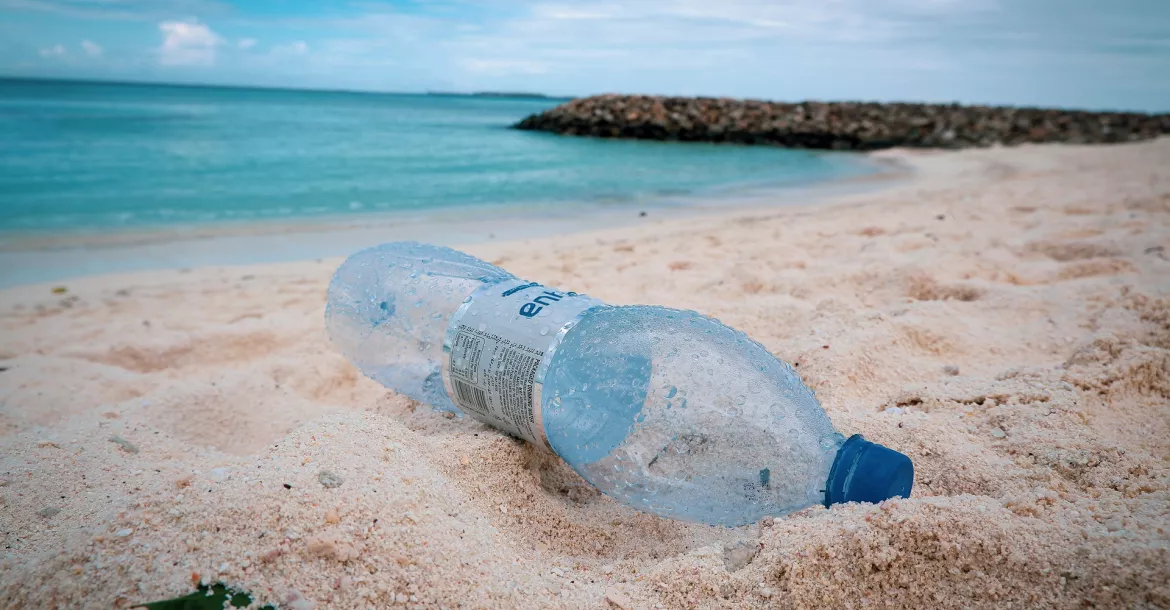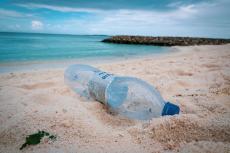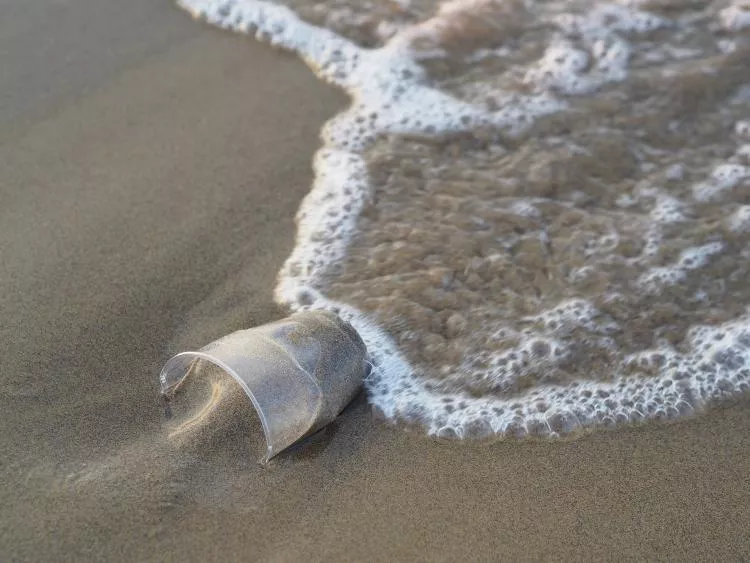Plastic-eating bacteria to the rescue?
A bacterium can use the clear plastic that is used to make clothing fibres and drink bottles as its main source of nutrients, degrading the plastic in the process.
Plastic pollution is a gigantic problem. Our beaches and waters are littered with plastic, marine life ingests it or gets ensnared and particles are entering our food web and organisms. Microplastics are everywhere now.
Humans produce an enormous amount of plastic and a huge fraction of this goes to waste. It may only be a small fraction of this that ends up in the ocean—but the seas may still be absorbing more than 10m tonnes of plastic every year. Aside from the danger the plastics themselves pose, they also contain a lot of additives that leach out into the water.
The solution is not to stop using plastics altogether, because they are incredibly useful. For example, plastic bottles are far lighter than glass ones, so transporting them requires less energy and releases a smaller amount of greenhouse gases.
A surprising ally
We obviously need a revolution in how we handle plastics, and this is where the micro-organisms come in. A handful of microbes have evolved the ability to digest certain plastics, breaking them down into their component molecules.
The clear plastic that is used to make clothing fibres and drink bottles is called polyethylene terephthalate (PET). Like all plastics, the material is made up of long string-like molecules assembled from smaller molecules strung together into chains. Strong chemical bonds make these chains long-lasting—exactly what you do not want in single-use plastic.
A team of Japanese researchers has succeeded in finding a new strain of bacterium, called Ideonella sakaiensis 201-F6, which can not only grow on pieces of PET but also use PET as its main source of nutrients, degrading the PET in the process. The key to this ability was a pair of enzymes made by the bacteria.
These tiny organisms could soon play a key role in reducing plastic waste and building a greener economy.
Reports of plastic-digesting microbes date back to at least the early 1990s. The earliest examples were arguably less remarkable because they could only break down plastics that were already biodegradable. But by the 2000s, researchers had found enzymes that could tackle tougher plastics.































